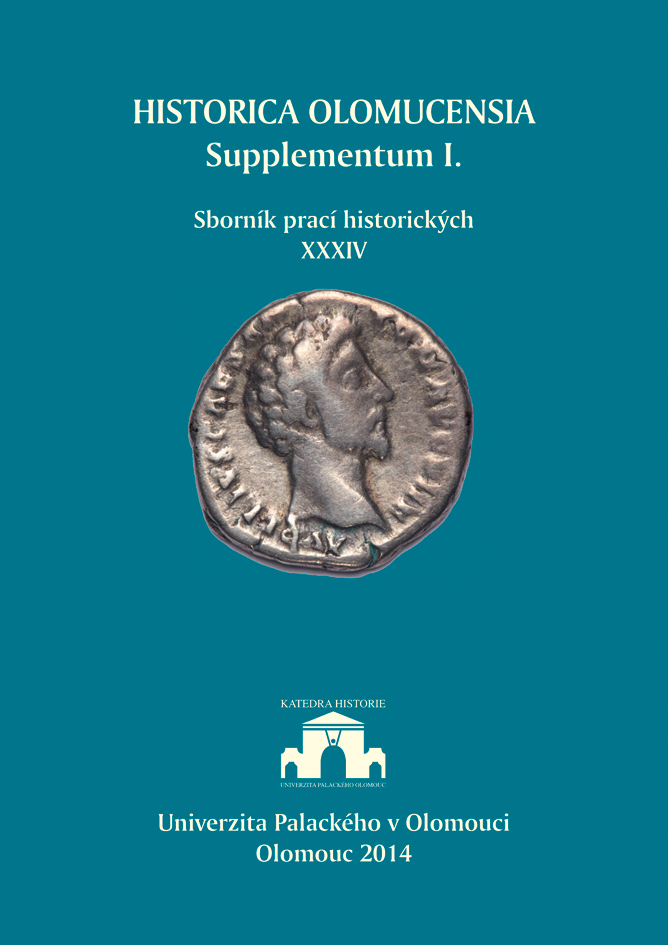Tabula Peutingeriana a její osudy od antiky po současnost
Tabula Peutingeriana and its History from Antiquity to the Present
Author(s): Ivana KouckáSubject(s): History
Published by: Univerzita Palackého v Olomouci
Keywords: Tabula Peutingeriana; maps; geography
Summary/Abstract: A unique map of the world, Tabula Peutingeriana, is called after the German humanist Konrad Peutinger, who became its owner in 1508. The article firstly focuses on basic characteristics of the map, a date of its origin and causes of making the Ancient original. According to different views ofvarious scholars (O. A. W. Dilke, R. J. A. Talbert, B. Salway, E. Weber), it came into existence in the period of the 4th–5th century either from practical reasons such as a tool for travellers (O. A. W. Dilke, K. Brodersen) or it was publicly displayed and served for propagandistic goals of Rome (R. J. A.Talbert). It is impossible to trace more accurate time of its creation because chronologically distinct dates appear there. The following part of the study deals with a medieval copy of the Ancient original, which is usually dated around the year 1200 on the basis of paleographic analysis of Tabula Peutingeriana. Especially R. J. A. Talbert, P. Gautier-Dalché and E. Albu concern themselves with it. As names of medieval regions Francia, Suevia and Alemannia and also a name of forrest silua Marciana are present there, it was probably made in the area of today south-western Germany and German speaking Switzerland. Moreover, R. J. A. Talbert and P. Gautier-Dalché suppose a Carolingian stage in the transmission of the Ancient original, nevertheless E. Albu assumes that the original of Tabula Peutingeriana did not come from Antiquity at all, but later from the CarolingianRenaissance. The most likely candidate for copying or the transmission of the map appears to be a scriptorium of the monastery in Reichenau. Furthermore, the article focuses on history of the map after Konrad Celtis, who later bequeathed it to Konrad Peutinger in his will, became its first known owner at the beginning of the 16th century. Both these prominent German humanists tried to utilize the map primarily for studying famous past of the Germanic people as well as Beatus Rhenanus. Also for that reason, it was necessary to publish it and at the same time to make it available for a larger group of researchers. The first complete publication of the map is attributed to Markus Welser in 1598. The first modern scholar, who critically studied Tabula Peutingerina, became Konrad Miller, whose edition, coming from 1916, has been appreciated to the present. A digital publication of the map’s content has been prepared by R. J. A. Talbert since the end of the 20th century. Since 1738, the map has been a part of the court library, later the Austrian National Library in Vienna. It is catalogued there in a collection of manuscripts such as Codex Vindobonensis 324. In 1863 it was divided into 11 segments for better preservation. Originally, there were 12 of them because in times of copying in the Middle Ages, the first section at its left side did not exist.
Journal: Historica Olomucensia. Sborník prací historických
- Issue Year: XXXIV/2014
- Issue No: Suppl. 1
- Page Range: 237-267
- Page Count: 31
- Language: Czech

